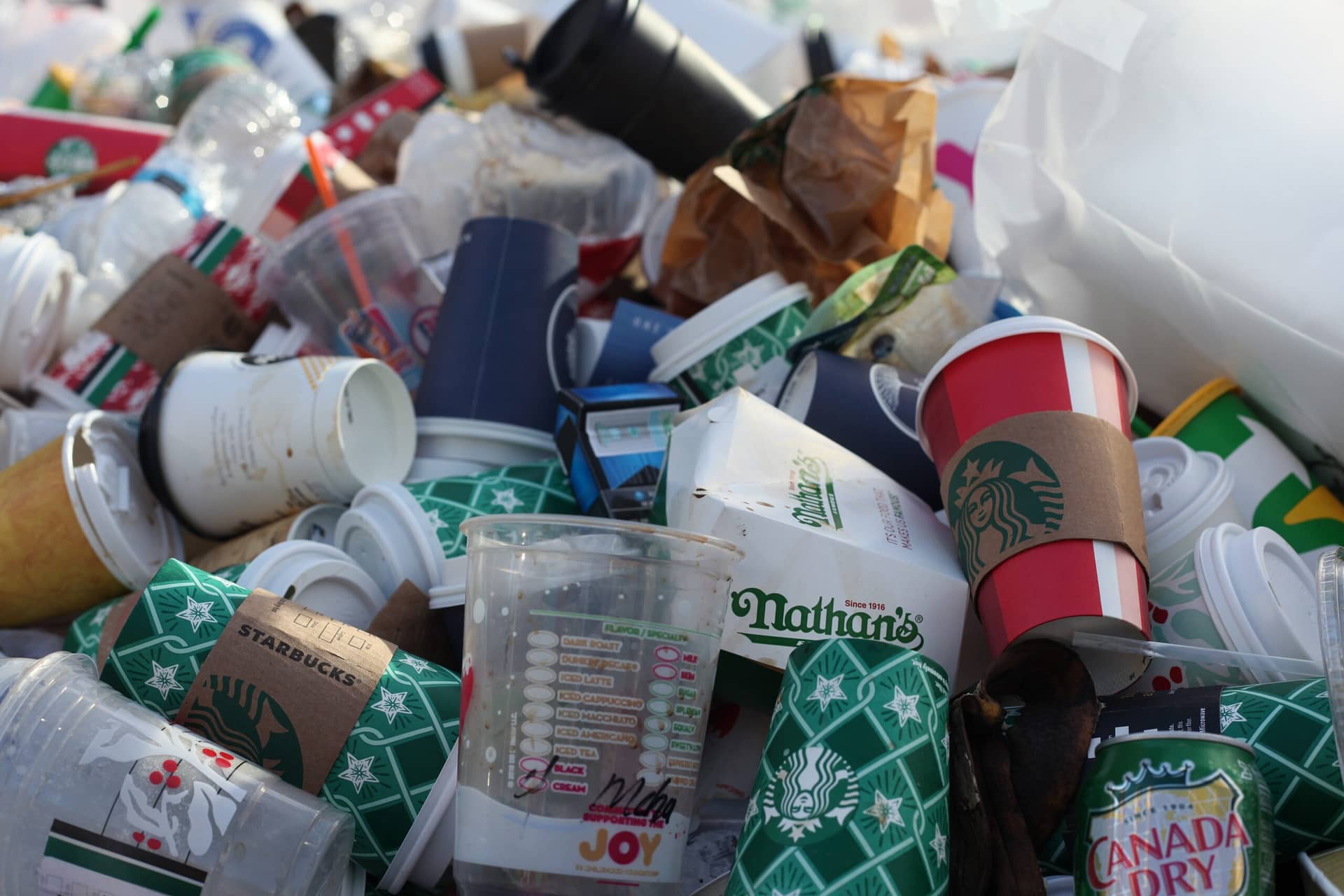
There has been a noticeable rise in the eco-conscious consumer, putting new pressure on food and drink brands to be aware of their overall sustainability. One area that has seen significant developments in terms of sustainability is packaging, despite challenges including usability, customer preferences, and product-specific considerations such as maintaining shelf life.
But why should food and drink brands be looking to make their packaging more sustainable? What issues might they face? And who can they look to in the industry for inspiration?
The importance of sustainable packaging
As more customers become aware of sustainability, and how they can bring sustainable practices into their daily lives, a magnifying glass has been placed on packaging used within the food and drink industry. Sustainable packaging can now be a make-or-break factor in a customer’s perception of a brand and its reputation.
Outside of maintaining a brand reputation with customers, sustainable packaging is essential in reducing environmental harm and supporting the reverse of the effects of plastic packaging in the industry. Using renewable and reusable materials not only reduces the carbon footprint of a brand’s operations, but often comes hand in hand with eliminating the use of toxic materials in packaging production – an important consideration for food and drink brands.
The issues brands face when developing sustainable packaging
Despite the positive changes that can come from switching to more sustainable packaging, the process of developing and implementing sustainable packaging can be a challenge for food and drink brands.
Firstly, the cost of switching to an alternative can often be expensive, particularly if research is needed to ensure the switch will also be suitable for the specifics of the product (such as shelf life). In the long run, more sustainable packaging can cut costs, however, brands need the initial investment to see these benefits.
Another consideration for brands is the disposal of sustainable food packaging materials. If disposed of incorrectly, there is a risk of cross-contamination as they end up in recycling facilities, which not only impacts other recyclable materials but can create more waste than intended.
Brands to watch out for
Many brands are leading the charge in their move towards more sustainable packaging. Family-run food brand Potts switched from single-use plastic packaging to metal cans for their stocks, gravies, and cooking sauces. The packaging is now 100% recyclable, and Potts even incorporated brand-new designs onto their packaging to mark the switch.
A brand that has made their ‘packaging’ more sustainable, by completely removing it, is Marks & Spencer. Many stores now have ‘fill-your-own’ stations, where all customers need to do is bring in their reusable container, buy them in-store, or use free recyclable paper bags to fill up on bestselling store cupboard staples including rice, pasta, and coffee.
One final brand of note is One Good Thing, which has launched the ‘world’s first’ wrapper-free snack and protein bars. The brand has developed an edible film coating for the bars, made from beeswax and other natural ingredients, which not only protects the contents but is thin and soft enough to chew easily. The bar is consumed like an apple, being rinsed under the tap and then bitten into. This is an extreme and disruptive switch to sustainable ‘packaging’, which we expect to see more as sustainability expectations increase in the food and drink industry.
Are you a brand in the food and drinks industry currently looking to make your packaging more sustainable? Or have already done so? If so, we’d love to hear from you!
